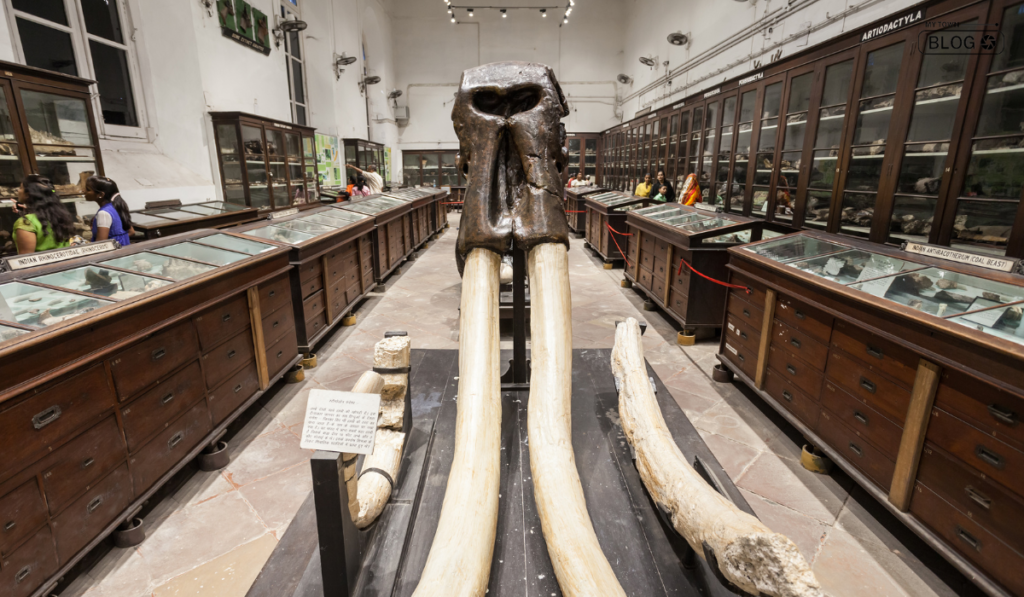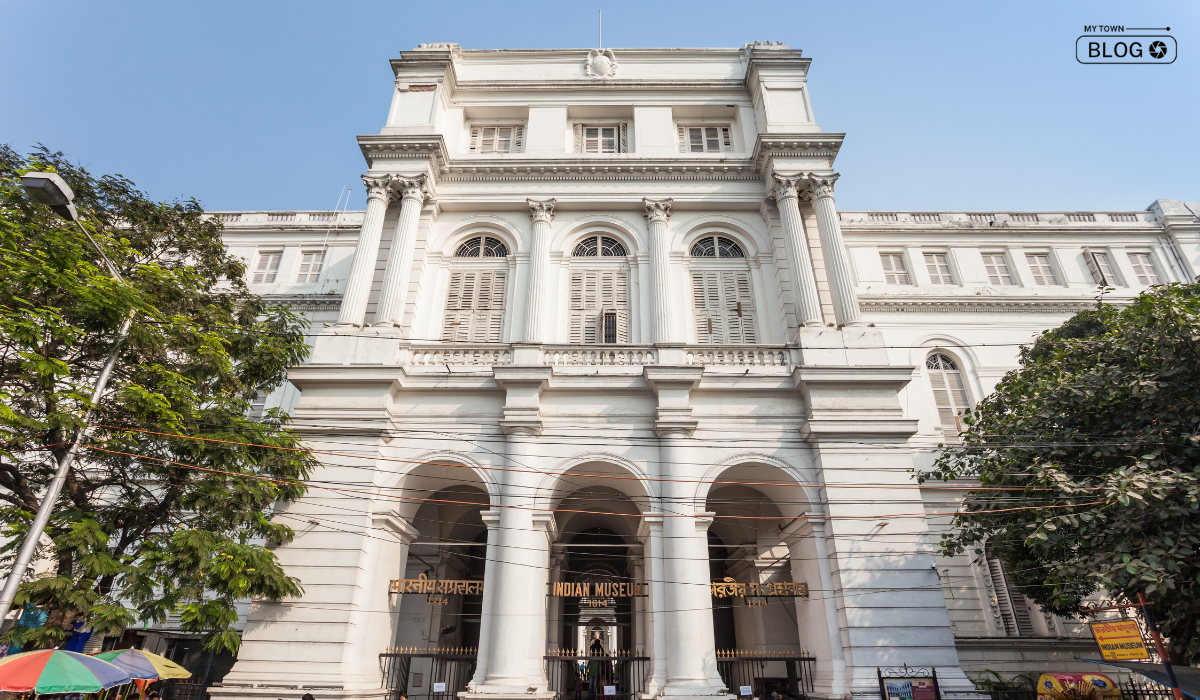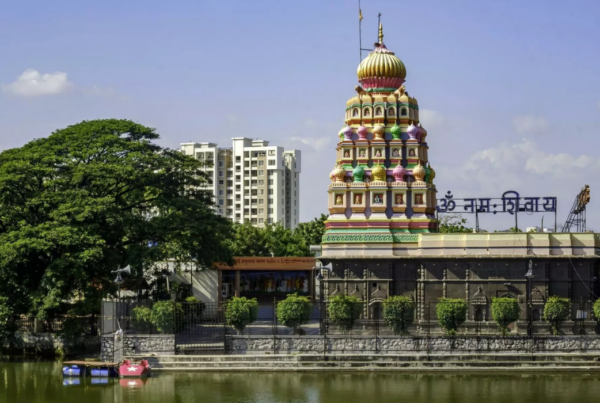Welcome to the cultural treasure trove of Kolkata – the Indian Museum! Steeped in history and brimming with artifacts that weave tales of India’s glorious past, this iconic institution is a must-visit for history enthusiasts and curious minds alike. In this blog post, we’ll delve into the essential details – from timings and entry fees to the captivating history that makes the Indian Museum a cultural landmark.
Exploring the Indian Museum

Timings
Discovering the wonders within the Indian Museum is an experience best savored with ample time. The Indian Museum of Kolkata opens its doors from 10:00 AM to 5:00 PM, Tuesday through Sunday. Ensure you plan your visit accordingly, as Mondays are reserved for maintenance.
Entry Fee
Embarking on a journey through time at the Indian Museum comes with a modest entry fee. For Indian citizens, the fee is INR 20, while students enjoy a discounted rate of INR 10. Foreign tourists, captivated by India’s rich heritage, are welcomed at a fee of INR 500. Pro tip: Keep in mind that entry is free for children below the age of 5.
A Glimpse into the History

Foundation and Inception
The Indian Museum, established in 1814, holds the prestigious title of being the oldest museum in Asia. The Asiatic Society of Bengal founded this institution under the curatorship of Dr. Nathaniel Wallich, conceiving it with the vision of preserving and showcasing India’s diverse cultural heritage.
Architectural Marvel
Nestled in the heart of Kolkata, the Indian Museum’s architecture is as captivating as its exhibits. The majestic building, designed by the renowned architect Walter Granville, seamlessly blends Doric, Ionic, and Corinthian architectural styles. The grandeur of the structure itself is a testament to the significance of the treasures it houses.
Collections and Exhibits
Prepare for enchantment as you step into the various galleries of the Indian Museum.From archaeological finds and numismatics to art, anthropology, and natural history, the museum’s extensive collections offer a comprehensive glimpse into the evolution of India’s civilization. Highlights include the Egyptian mummy, the Ashoka Pillar, and an impressive collection of ancient sculptures.
- Also Read- 5 Best Places To Visit In Kolkata
Plan Your Visit
Tips for an Enriching Experience
Guided Tours: Consider opting for a guided tour to gain deeper insights into the artifacts and their historical context.
Photography: Capture the magic, but be mindful of the museum’s photography policies.
Interactive Displays: Engage with interactive displays for a hands-on experience, especially if visiting with children.
Conclusion
The Indian Museum of Kolkata beckons, promising an immersive journey through time and culture. Plan your visit, relish the artifacts, and savor the richness of India’s past encapsulated within the walls of this venerable institution.
As you explore, let the echoes of history whisper tales of a bygone era, making your visit to the Indian Museum an unforgettable experience. Immerse yourself in the captivating ambiance, and let the Indian Museum of Kolkata unveil the splendid tapestry of India’s heritage.
FAQs – Indian Museum of Kolkata
What are the Indian Museum of Kolkata timings?
10:00 am to 6:30 pm (Tuesday to Friday); 10:00 am to 8:00 pm (Saturdays and Sundays); closed on Mondays and public holidays
How much is the entry fee for Indian citizens?
Indian citizens can enter the Indian Museum for a fee of INR 20.
Is there a discounted rate for students?
Yes, students enjoy a discounted entry fee of INR 10.
What is the entry fee for foreign tourists?
Foreign tourists can explore the Indian Museum for INR 500.
Is entry free for children?
Yes, children below the age of 5 can enter the Indian Museum for free.
What makes the Indian Museum unique?
The Indian Museum is the oldest museum in Asia, established in 1814, and boasts a diverse collection of artifacts.
Are guided tours available at the Indian Museum?
Yes, visitors can opt for guided tours to enhance their museum experience.
Can visitors take photographs inside the Indian Museum?
Yes, the museum allows photography, but visitors should be mindful of its policies.








